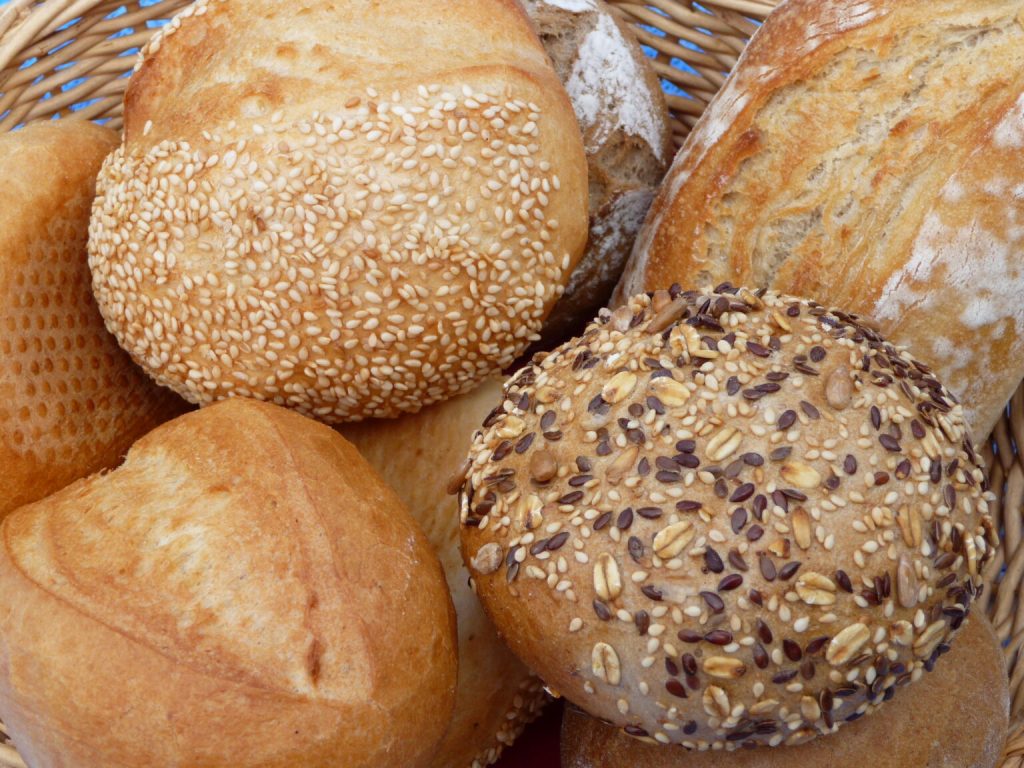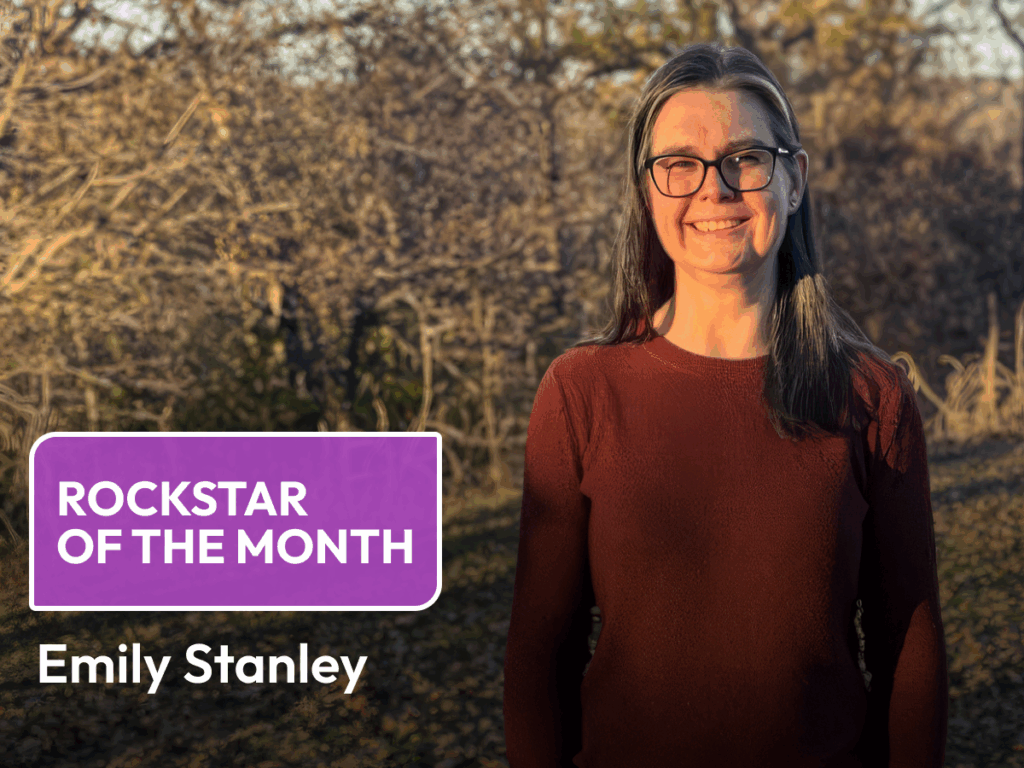Disclaimer: As a reminder, bread is not within the VLCD guidelines, so this post is appropriate for patients on our other programs, such as Stepwise or Maintenance.
Bread (along with alcohol) is probably one of the top things people miss when starting a VLCD, and is usually the first thing to go when starting any diet plan. Is it really so bad? Unfortunately, there is no black or white answer. Most of us have long ago given up Wonder Bread in favor of 100% whole wheat or whole grain bread. But, even whole grain breads aren’t really made of “whole” grains. The grains are pulverized into a fine flour, which is digested and absorbed quickly by our bodies once consumed. This quick absorption of glucose into our bloodstream can cause blood sugar and insulin levels to rise and drop rapidly, stimulating hunger and overeating (like other high-carb foods often do). Whole wheat bread does retain more fiber and nutrients than white bread, but sadly most commercial brands are packed with sugar or high fructose corn syrup, preservatives, colors, dyes, etc. And speaking of fiber, we love grains with 5g or more per serving, which can be hard to find in a bread. This is why we recommend ancient grains like farro, barley, and freekeh as a healthy carb choice.
So what does this mean for you and bread? As an occasional treat or to break out of an oatmeal rut, a slice of toast in the morning with almond butter is okay. Look for bread made with 100% whole grains (sprouted is even better) and 5g or more of fiber. The ingredient list should be short, and make sure there are no added sugars. Try the La Tortilla Factory Low Carb Whole Wheat tortilla as a bread substitute, or check out some of our favorite brands below:
Killer Dave’s Power Seed Thin Slice – 60 kcal, 11g CHO, 4g fiber, 1g sugar, 3g pro
Alvarado Street- 100% Whole Wheat, Black Label- 90 kcal, 18g CHO, 5g fiber, 2g sugar, 7g pro
Food For Life- Ezekiel Bread 4:9 Flax Sprouted Whole Grain– 80 kcal, 14g CHO, 4g fiber, 0g sugar, 5g pro



